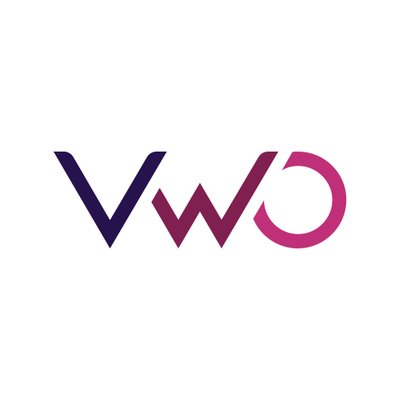LabXchange is a non-profit initiative of Harvard University’s Vice Provost for Advances in Learning. Our mission is to provide high-quality educational resources to learners and educators worldwide, free of charge. The platform is solely supported by grant funding, ensuring that we remain focused on our educational mission and that our resources remain free of charge for everyone.
At LabXchange, we take data privacy and security seriously. Here’s how we ensure compliance with U.S. education technology regulations, protecting your students and your district:
-
Strong Data Protection Measures
We employ rigorous administrative and technical safeguards to keep student data safe from unauthorized access or use. Our security practices follow the NIST Cybersecurity Framework. -
Data Stored Securely in the U.S.
All student data is stored on servers located in the United States, ensuring compliance with national data protection standards. -
No Sale or Commercial Use of Student Data
LabXchange does not sell student data or use it for commercial purposes. -
Ad-Free Learning Environment
LabXchange is a completely ad-free platform.
Resources
Terms of Service
Privacy Notice
Compliance
CCPA

FERPA
GDPR
NIST Cybersecurity
v1.1
Monitoring
Subprocessors
AWS
Cloud Hosting

Crowdin
Translation Management System
Datadog
Infrastructure Monitoring

Front
Help Desk

Hex
Data Analytics

VWO
Digital Experience Optimization
